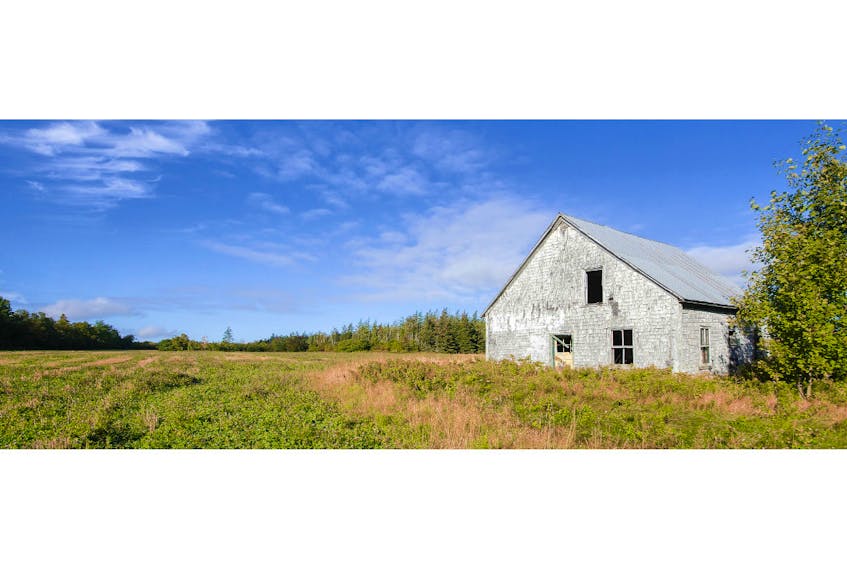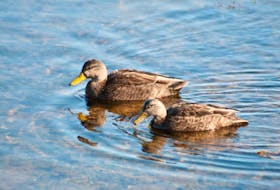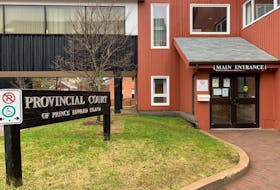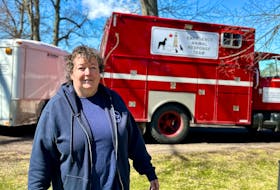HOWE BAY, P.E.I. — The family of an Island woman who plowed her own fields and farmed her land solo for decades after the untimely death of her brothers in the 1918 influenza epidemic has donated that land to be conserved in her honour.
The Elizabeth Walsh Nature Reserve sits on 12.5 hectares (31 acres) of forested land in Howe Bay, southeast of Souris.


Tom and Laurie Sullivan and Mary Ellen and Ray Lennon, who all live in the United States, donated the land to the Nature Conservancy of Canada and named it after their great-aunt, who they said had a great love for her piece of P.E.I.
“Great-aunt Lizzie’s practicality might have left her astounded by the idea of her farm being preserved as conservation land, but her love of the land was deep and essential,” the family said in a statement.
“She lived on the farm for nearly a century and at one time was known as the fastest potato picker in Kings County. In later years, when she was elderly and frail (she spent her winters in a Souris nursing home), she insisted on returning to her trailer on the farm each summer, even when she could do little but sit and look out at her land. That still mattered; she knew the worth of that land. We hope her spirit will continue to keep watch over it, now that it’s the Elizabeth Walsh Nature Reserve.”
The nature reserve features mature red maple and red spruce, along with 60- to 80-year-old aspen trees, some measuring up to seven feet in circumference, which provide valuable nesting areas, says the Nature Conservancy of Canada. It is located near two wildlife conservation areas, Sailors Hope Bog Natural Area and Grove Pine-Big Brook Wildlife Management Area, both protected by the provincial government.
As well, wood from Walsh’s abandoned farmhouse will be reclaimed and recycled by Birdmouse, a P.E.I. company.

“At the Nature Conservancy of Canada, we are thrilled to be conserving this special forest habitat — one that is rare on P.E.I.,” said Lanna Campbell, P.E.I. program director for the nature conservancy.
“NCC is looking to expand this new nature reserve, and we welcome the opportunity to work with any landowners wishing to conserve more of Howe Bay’s forests.”
This conservation project was completed with the support of the government of Canada, through the Natural Areas Conservation Program. Additional funding for the project was provided by the U.S. Fish and Wildlife Service under the North American Wetlands Conservation Act, a U.S. Act passed by the United States Congress in 1989. The P.E.I. Wildlife Conservation Fund and American Friends of Canadian Nature also supported the project, as did Cooke Insurance Group.
At a glance
The Nature Conservancy of Canada is the nation's leading notfor-profit, private land conservation organization, working to protect important natural areas and the species they sustain.
To learn more, visit natureconservancy.ca.









